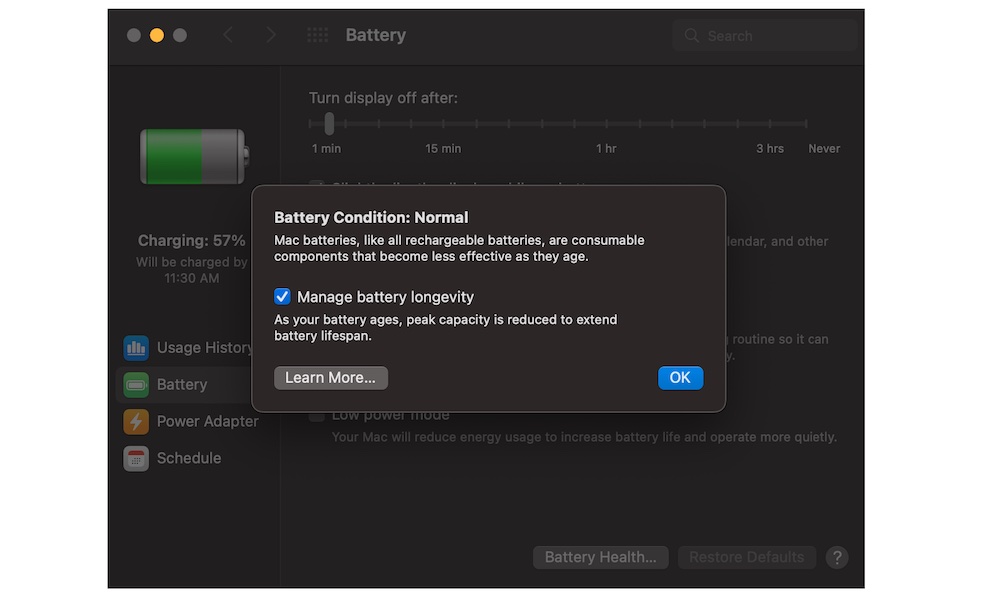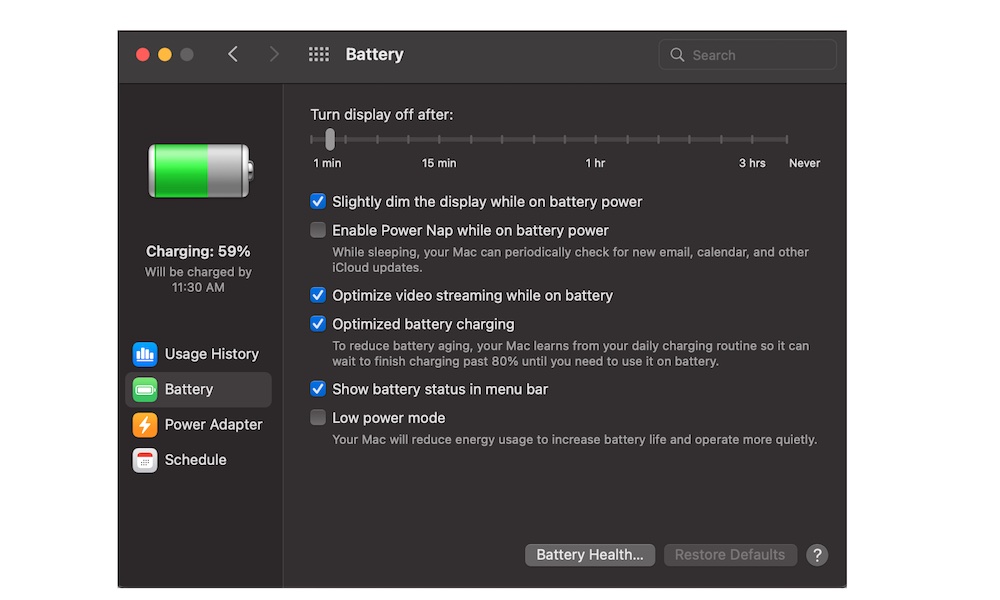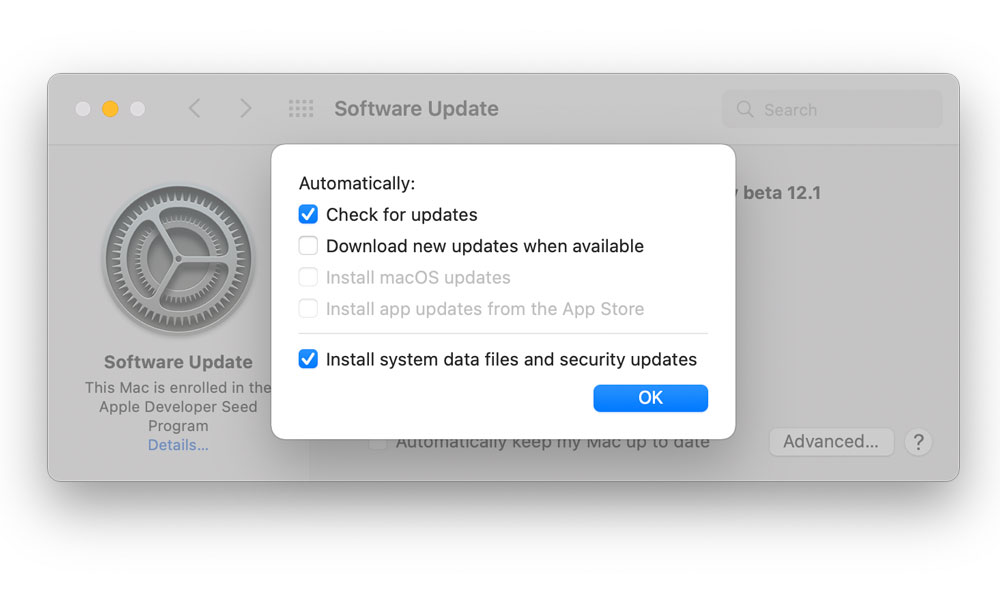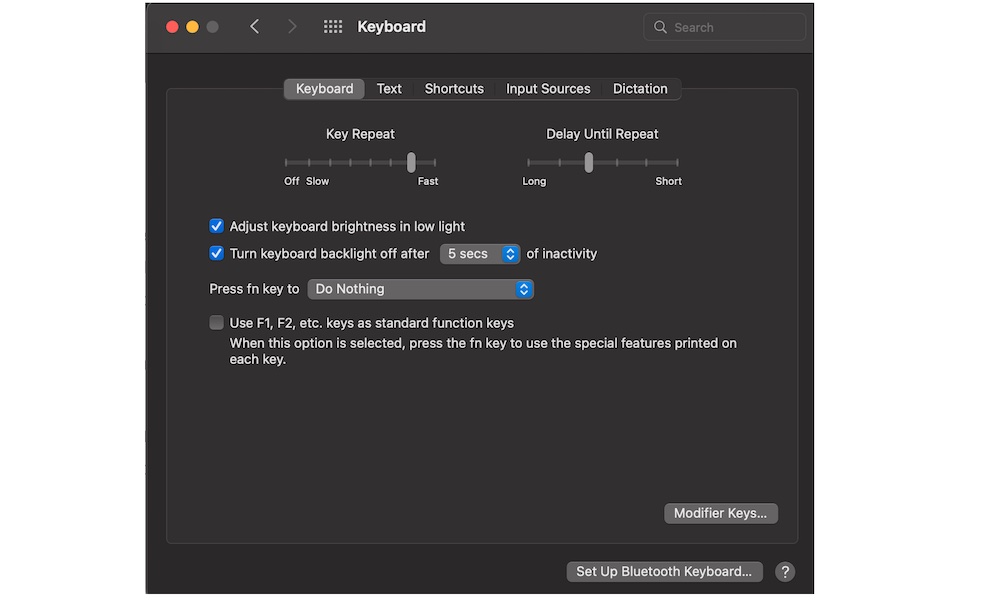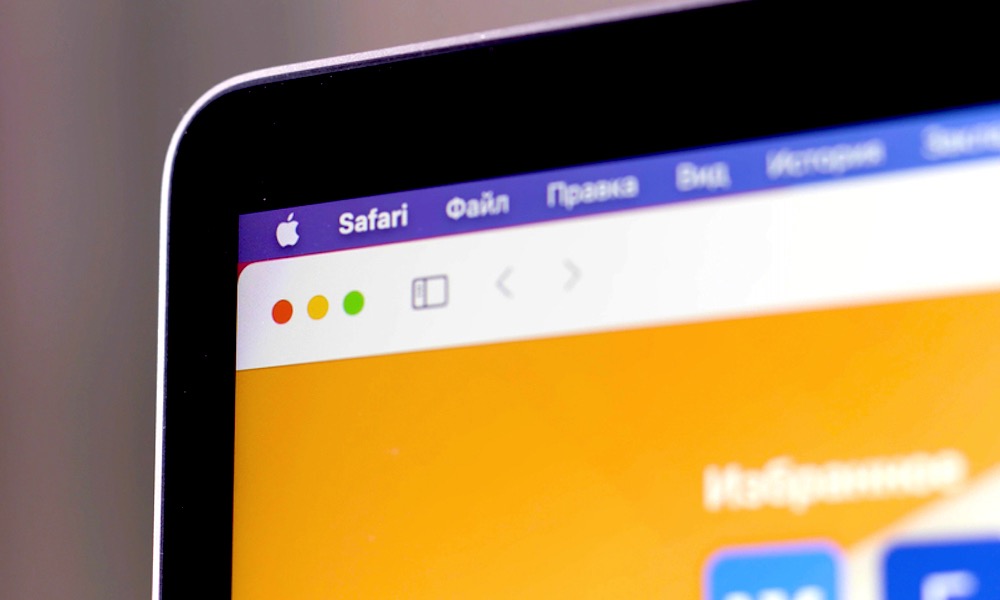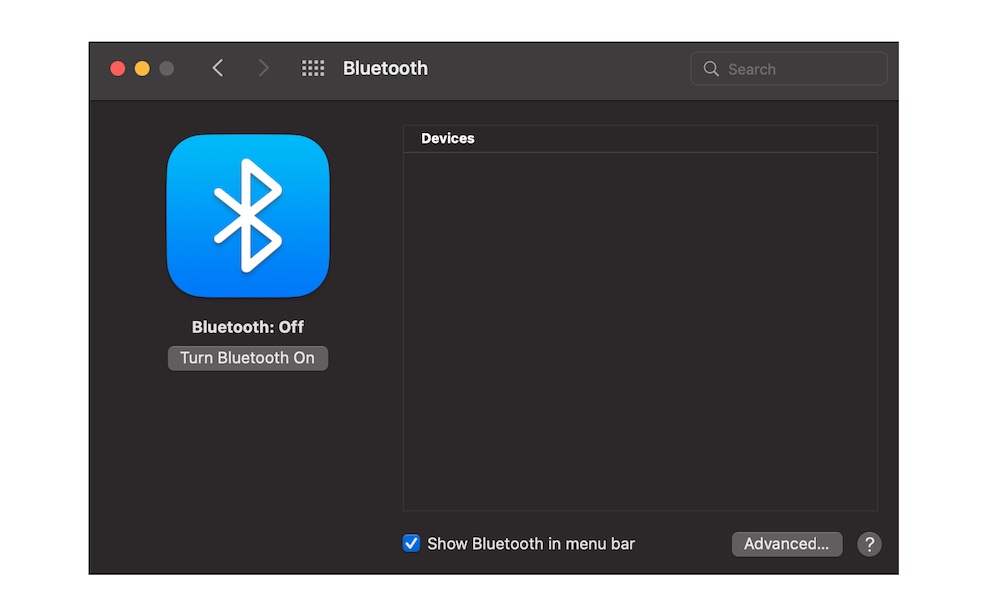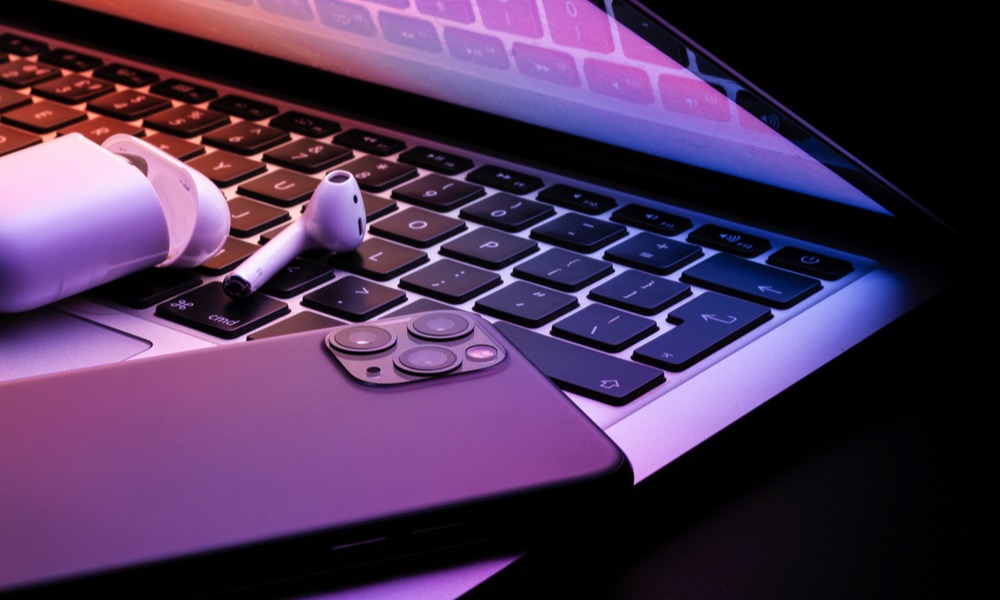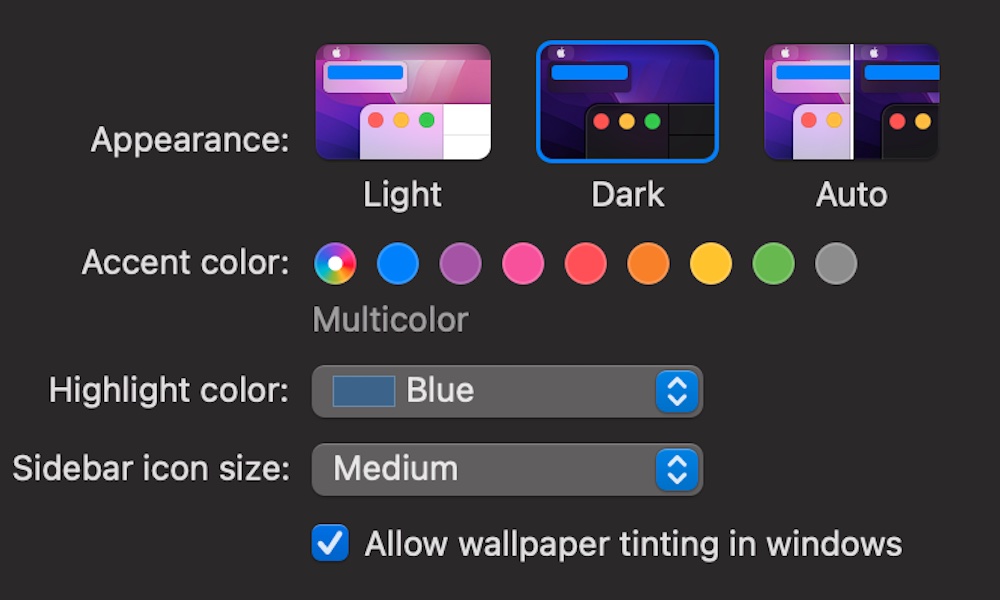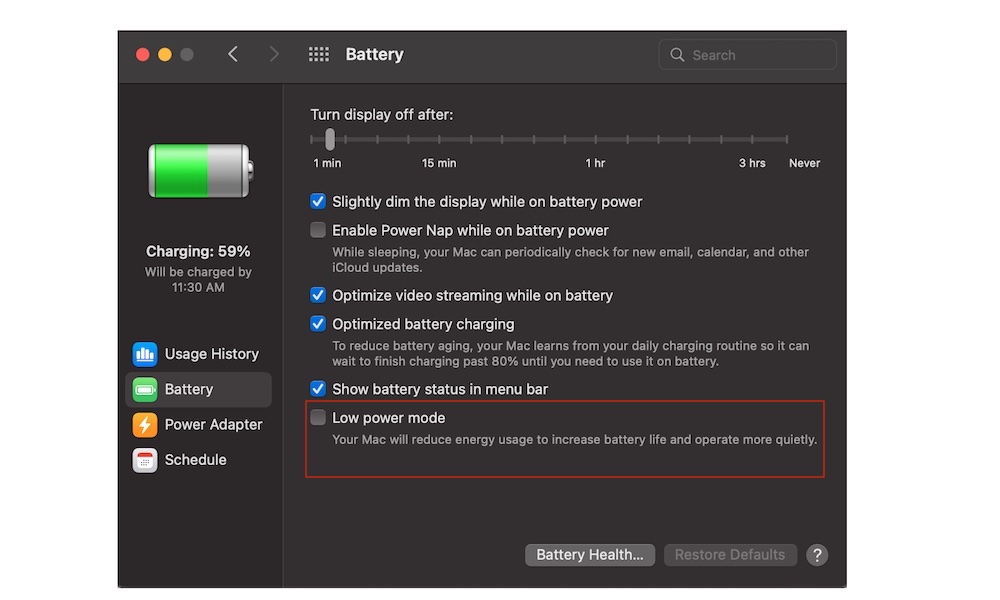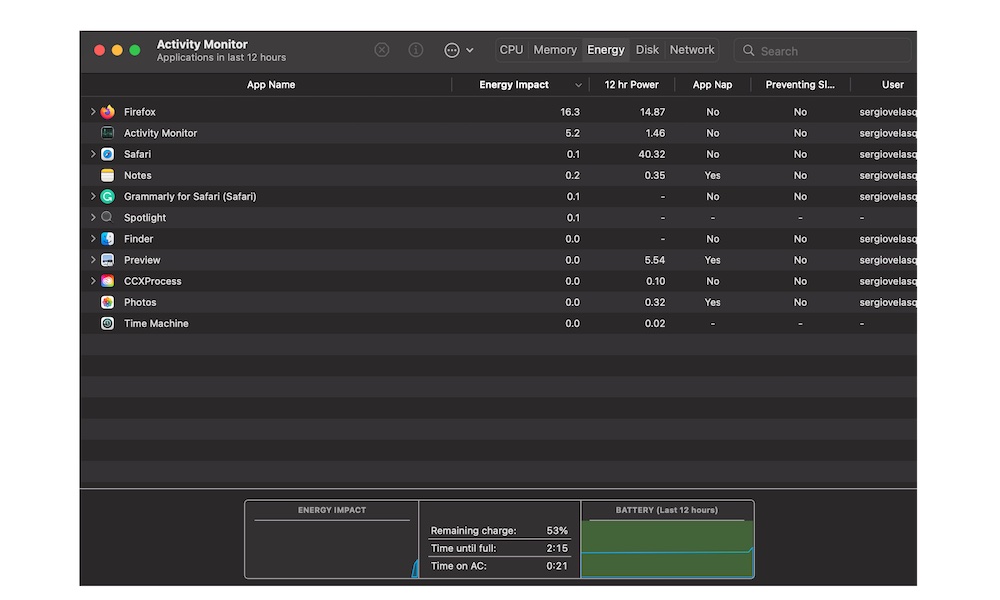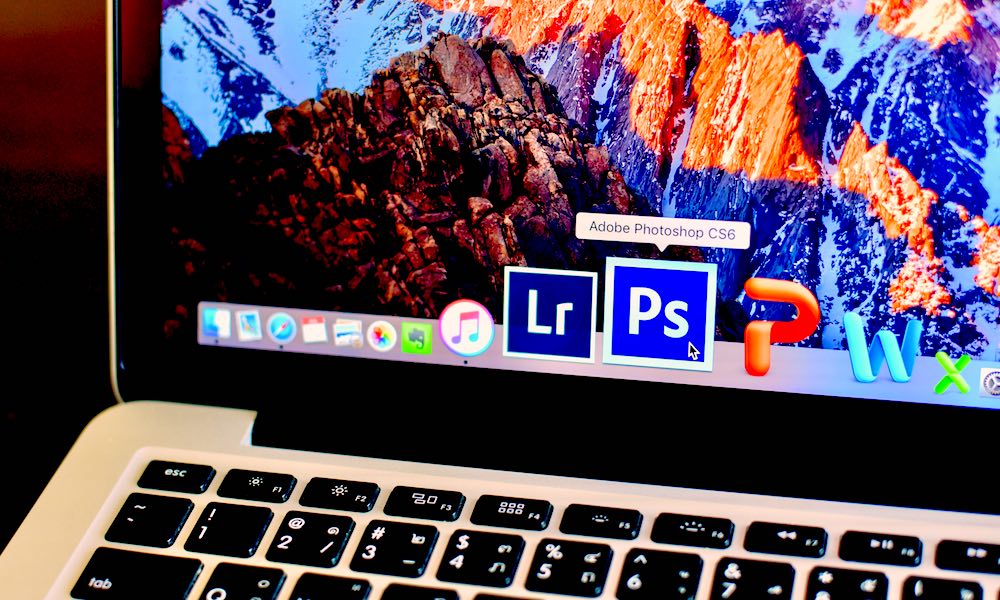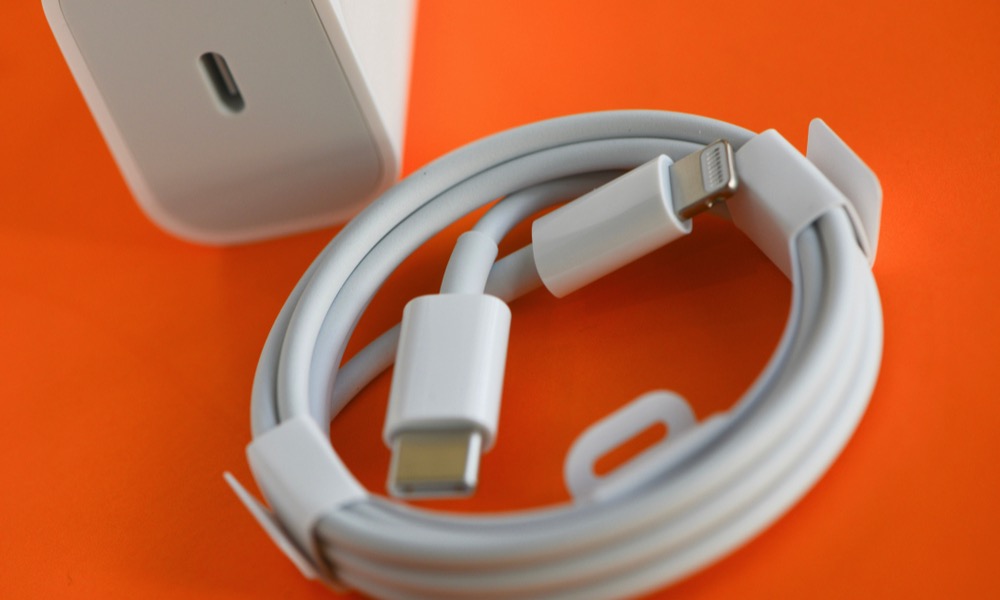12+ Ways to Boost Your MacBook’s Battery Life and Overall Lifespan
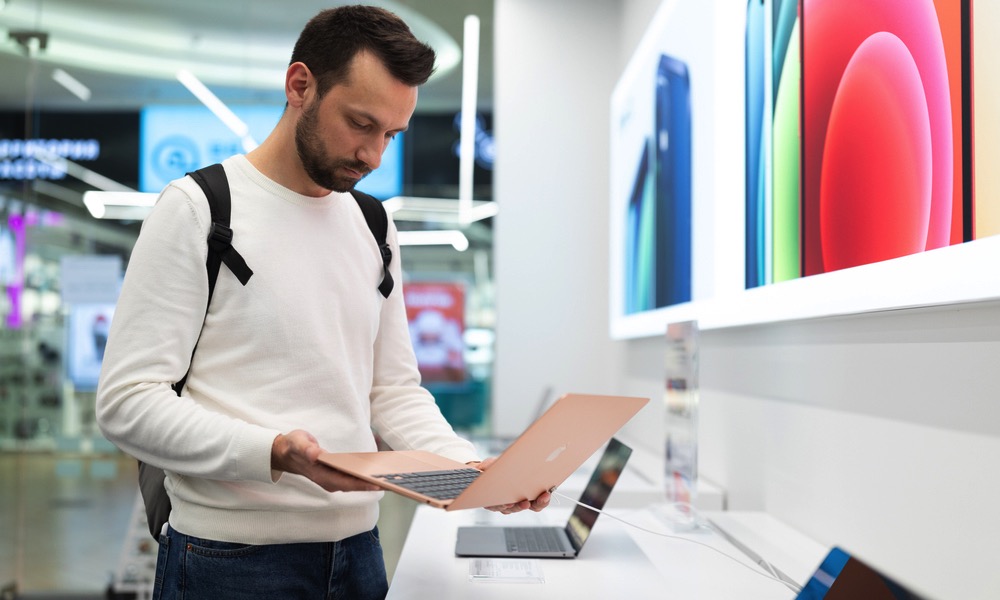 Credit: TRMK / Shutterstock
Credit: TRMK / Shutterstock
Apple's made some incredible changes to its MacBooks. Your battery life is probably top-notch if you have a more modern M1 MacBook. With that said, batteries tend to age and become less efficient over time. There's nothing we can do about that right now; it's just part rechargeable battery tech. However, we can do a few things to keep our MacBook's battery life as healthy as we can for as long as possible. Whether it's making sure to have more battery life throughout the day or changing a few settings to keep the battery from aging, you can change a lot of things to improve your MacBook's battery! So keep reading if you want to find out how to improve the battery life of your MacBook.
Check Your Battery Health
If you feel like your MacBook's battery isn't what it used to be, it might be because it's getting old. You can check your battery health to determine if you need to replace it or not!
- Click the Apple menu in the top left corner of your screen.
- Select System Preferences.
- Click on Battery.
- Click Battery again on the left side menu.
- Click on Battery Health.
If it says normal, that means everything's good and your battery's working as it should. However, it may also say Service Recommended, which means that your battery's not working properly, and you might want to consider changing it.
Since you're there, click Manage Battery Longevity to reduce peak capacity as the battery ages to extend your battery's lifespan.
Optimize Your Battery Settings
There are a lot of small settings you can change to make sure your battery life lasts longer with a single charge. First, go to settings like this:
- Open the Apple menu in the top left corner of your screen.
- Click on System Preferences.
- Click on Battery
- Select Battery on the left side menu.
Here, you can enable Slightly dim the display while on battery power and Optimize video streaming while on battery. This will help your battery to last longer.
Also, make sure to disable Enable Power Nap while on Battery Power. This feature checks for email and other iCloud updates, which isn't the best option if you're trying to preserve the battery.
Finally, change the time to turn the display off, so your MacBook goes to sleep faster and saves more battery.
Keep Your MacBook Up to Date
Updating your macOS software is a quick and easy way to make sure your Mac's performing at its best capacity. Apple's constantly updating macOS to ensure the MacBook uses less energy while performing better, and it also helps with security patches.
- Click the Apple menu in the top left corner of your screen.
- Click on System Preferences.
- Select Software Update.
- Install any software updates available.
You can also disable Automatically keep my Mac up to date, which is great to keep your MacBook updated, but it might also reduce battery life.
You can also click on Advanced right next to it and only enable things you want your Mac to do automatically.
Turn Off Your Backlit Keyboard
The MacBook's backlit keyboard is a great way to see what you're typing, even in low-light scenarios – but it can also reduce battery life. You can simply turn the backlight off by pressing the F5 key on your keyboard until the light goes out completely. But you can also make your MacBook automatically turn it off while it's inactive.
- Open the Apple menu in the top left corner.
- Select System Preferences.
- Click on Keyboard.
- Make sure you're on the Keyboard tab.
- Click Turn keyboard backlight off after.
- Change the amount of time.
You can have your backlight on for up to five minutes of inactivity, which is pretty long – so we recommend you turn it off after a few seconds of inactivity.
Use Safari
Believe it or not, Safari is the best way you can preserve battery life on Mac. It's not surprising that Apple made Safari a top-performing browser on MacBook while also making it more power-efficient than the competition. Chrome is a lot of people's go-to browser, but it consumes a lot more battery on your Mac than Safari does. If you worry about battery life, switching to Safari is quick and effective.
Turn Off Your Bluetooth
Not all of us use our MacBook's Bluetooth. Likewise, you probably don't use Bluetooth all the time during the day, so it's best to keep it off and turn it on whenever you need to.
- Open the Apple menu in the top left corner of your screen.
- Click on System Preferences.
- Select Bluetooth.
- Click Turn Bluetooth Off on the left side of the screen.
You can also use your MacBook's Control Center to turn Bluetooth off, located in the top right corner of your screen. Even if you have your Bluetooth turned off all the time, remember that your MacBook will automatically turn it on after a software update.
Avoid Charging Your iPhone with Your MacBook
Plugging in your iPhone to your MacBook to give it a quick charge might seem smart, but it's actually damaging your MacBook's battery. It's best to avoid connecting your iPhone to your MacBook to recharge it. Instead, use your iPhone's regular charger.
If you absolutely have to use your MacBook to charge your iPhone, make sure to keep your MacBook connected to a power source as long as your iPhone's charging. This will help prevent damaging your battery.
Start Using Dark Mode
If you're not using Dark Mode already, you totally should. It'll make your MacBook look way cooler, and it's easier to use your MacBook at night. Oh, and it also helps with your battery life.
- Open the Apple menu in the top left corner of your screen.
- Click on System Preferences.
- Select General.
- Click on Dark.
And that'll do it. If you still want to use Light mode, you can click on Auto, so your MacBook automatically switches from Light to Dark mode during the day.
Use Low Power Mode.
Low Power Mode will help your MacBook's battery to last a bit longer if you don't have any place to charge it. Of course, that'll reduce the use of other background services, so you might not get email notifications or other updaters while on Low Power Mode.
- Click the Apple menu in the top left corner.
- Click on System Preferences.
- Click on Battery.
- Select Battery on the left side menu.
- Click on Low Power Mode.
Once your MacBook's fully charged, Low Power Mode should be automatically disabled.
Control Which Apps Are Using the Most Energy
Thanks to an app called Activity Monitor, you can quickly control which apps are consuming the most energy on your MacBook. You can then close the apps, so you save some battery life.
- To use Activity Monitor, press the Command key and the Spacebar to open Spotlight search.
- Enter Activity Monitor and press the return key.
- Click the Energy tab at the top of the Activity Monitor window.
- You'll see a list of all the apps that are consuming the most energy.
?If you want, you can select an app and click the X button at the top of the window to automatically close the app.
Quit Apps You're Not Using
Closing the apps you aren't using is a great way to avoid using extra energy on your MacBook. All you need to do is right-click the app's icon in the Dock, and click Quit. If you're all about keyboard shortcuts, you can close an app by pressing Command + Q.
Use the Right Charger and Cable
It goes without saying that you should always try to use a good charger and cable to charge your MacBook. If you don't use the right charger, your MacBook might take longer to charge. Not only that, but it might also damage your MacBook's battery permanently. Try using Apple's charger that comes with the MacBook, or get a powerful and secure charger to charge your MacBook without issues. And the same goes for the charging cable.

